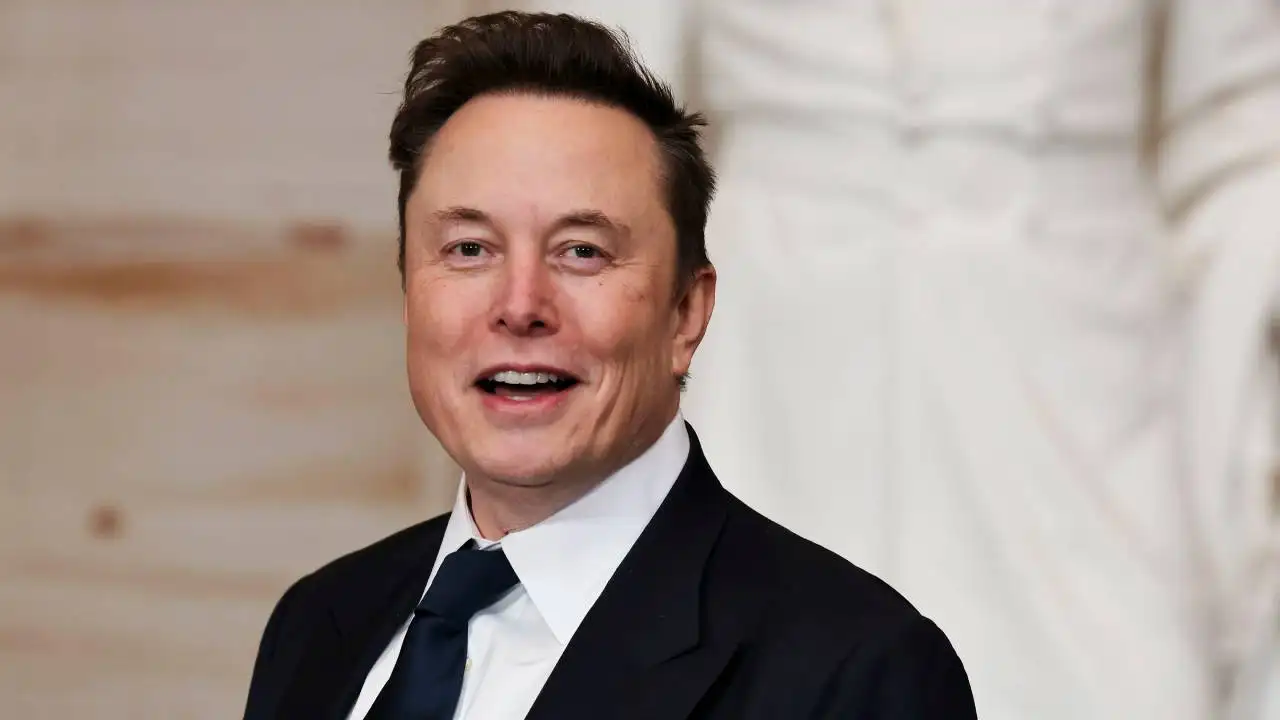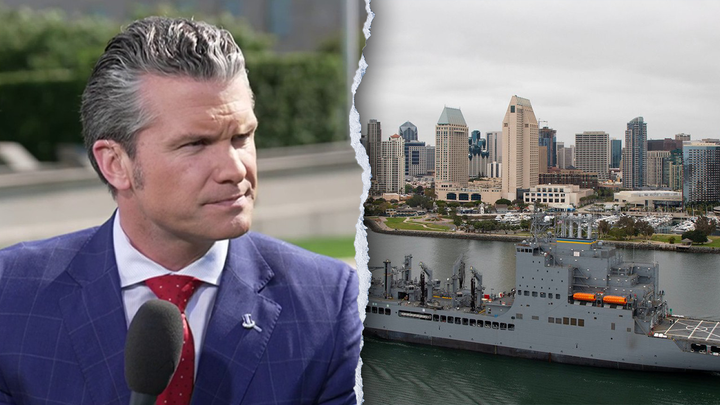
Elon Musk’s Starship Program and a Pattern of Failures
On May 27, 2025, SpaceX’s ambitious Starship program encountered its third consecutive test failure, marking a significant setback in Elon Musk’s vision for interplanetary travel.
The latest test flight, intended to demonstrate the spacecraft’s capabilities for future missions to the Moon and Mars, ended prematurely when the rocket spun out of control approximately 30 minutes after launch and disintegrated over the Indian Ocean. Al Jazeera
The mission, which aimed to deploy mock Starlink satellites into orbit, ended prematurely when the payload door failed to open. Subsequently, a fuel leak caused the spacecraft to lose orientation, preventing successful reentry and resulting in the vehicle breaking apart over the Indian Ocean.
The ninth test flight of the Starship system aimed to achieve several critical milestones:
- Deployment of eight mock Starlink satellites to simulate payload delivery.
- Demonstration of the payload bay door mechanism.
- Controlled reentry and splashdown of both the Super Heavy booster and the Starship upper stage. Reuters
This latest failure marks the third consecutive unsuccessful test flight for Starship in 2025. Previous attempts in January and March also ended in explosions due to engine and structural failures.
While the rocket has demonstrated the capability to reach space and perform limited landings, these repeated failures have stalled progress in achieving reliable orbital capability.
The launch from SpaceX’s Starbase facility in Texas initially proceeded as planned, with the rocket ascending smoothly and surpassing the points of failure from previous tests conducted in January and March 2025. However, complications arose when the payload door failed to open, preventing satellite deployment. Subsequently, a fuel leak caused the spacecraft to lose orientation, leading to its uncontrolled descent and breakup over the ocean.
The May 28 flight was notable for being the first test using a recycled Super Heavy booster. Despite this advancement, the mission faced critical issues: the payload door remained shut, and a fuel leak led to a loss of orientation, causing the spacecraft to break apart upon reentry.
These challenges underscore the complexities involved in developing a fully reusable, super-heavy-lift launch vehicle.
Despite the setback, Elon Musk remains undeterred. He has pledged to increase the frequency of Starship launches, aiming for one every three to four weeks. Musk emphasizes that iterative testing, even with failures, is essential for rapid development and eventual success.
Musk’s vision for Starship includes not only Mars colonization but also supporting NASA’s Artemis III mission, which plans to return astronauts to the Moon by 2026. The Starship system is central to these plans, serving as both a lunar lander and a potential vehicle for deep space exploration.
The repeated failures of Starship have significant implications for the broader space industry. NASA is counting on a functional Starship for its Artemis III mission, and delays in development could impact the timeline for returning humans to the Moon.
Furthermore, these setbacks highlight the challenges of developing new space technologies and the importance of rigorous testing and validation.
The recent failure highlights several technical challenges that SpaceX must address:
- Fuel System Integrity: The fuel leak that led to the loss of control underscores the need for more robust fuel system components and leak detection mechanisms.
- Payload Deployment Mechanisms: The malfunctioning payload door indicates a need for more reliable deployment systems, especially for missions involving satellite delivery.
- Flight Control Systems: Improving the spacecraft’s ability to maintain orientation and control during flight is critical to prevent future uncontrolled descents.
SpaceX engineers are analyzing data from the flight to implement design improvements and prevent similar issues in future tests.
Elon Musk’s commitment to rapid iteration and learning from failures is a hallmark of SpaceX’s approach to innovation. While the third consecutive Starship test failure is a significant hurdle, the insights gained will contribute to the development of a more reliable and capable spacecraft.
As SpaceX continues to refine the Starship system, the dream of interplanetary travel remains alive, driven by the lessons learned from each test flight.




